Filter News
Area of Research
News Type
Date
News Topics
Media Contacts
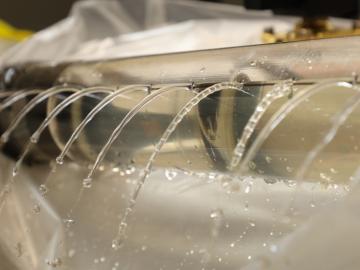
A precision approach to treating snow- and ice-covered roads, developed by an Oak Ridge National Laboratory-led research team, aims to help cities effectively allocate resources and expand coverage on roadways. The combined software and hardware technology analyzes existing city data and uses high-resolution modeling to identify areas most vulnerable to drivers during hazardous weather conditions.
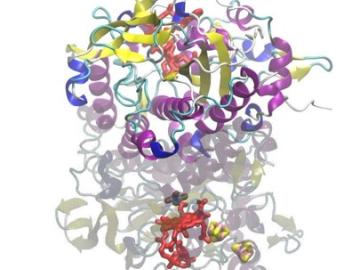
An Oak Ridge National Laboratory-led team discovered a function of certain microbes that produces a new derivative of vitamin B12, which is crucial to a cell’s ability to perform life-sustaining metabolic activities. Their findings could ultimately open avenues for novel environmental and water clean-up strategies.
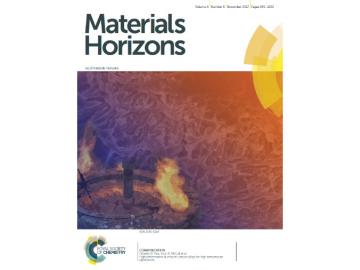
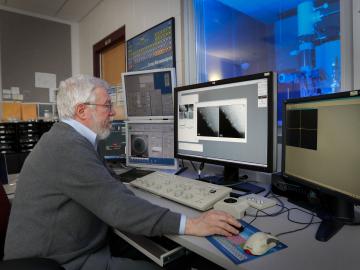
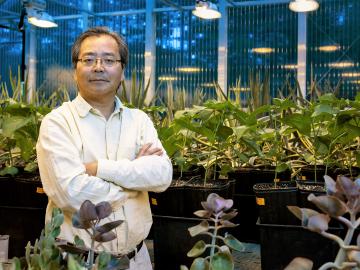
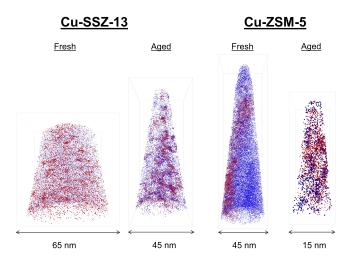
Diesel vehicles today emit far fewer pollutants than older vehicles, thanks to a zeolite (hydrous silicate) catalytic converter that was invented around 10 years ago to reduce pollutants that cause the formation of acid rain and smog. Although many groups have investigated t...

Deep neural networks—a form of artificial intelligence—have demonstrated mastery of tasks once thought uniquely human. Their triumphs have ranged from identifying animals in images, to recognizing human speech, to winning complex strategy games, among other su...

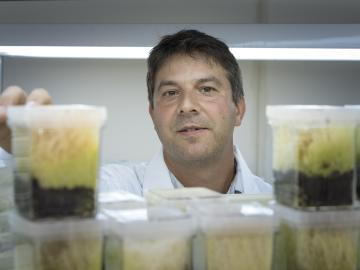
David Weston became fascinated with plant genetics and ecology in college, and now with the support provided by the DOE Office of Science Early Career Research Program, he will link those fields as he studies plant-microbe symbiosis. The research will focus on sphagnum moss, a dominant plant of n...
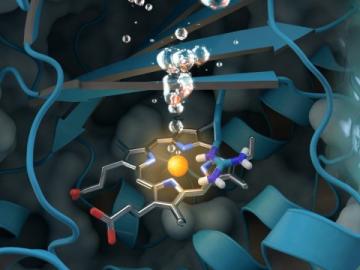
A new study sheds light on a unique enzyme that could provide an eco-friendly treatment for chlorite-contaminated water supplies and improve water quality worldwide. An international team of researchers led by Christian Obinger from the University of Vienna used neutron analys...




